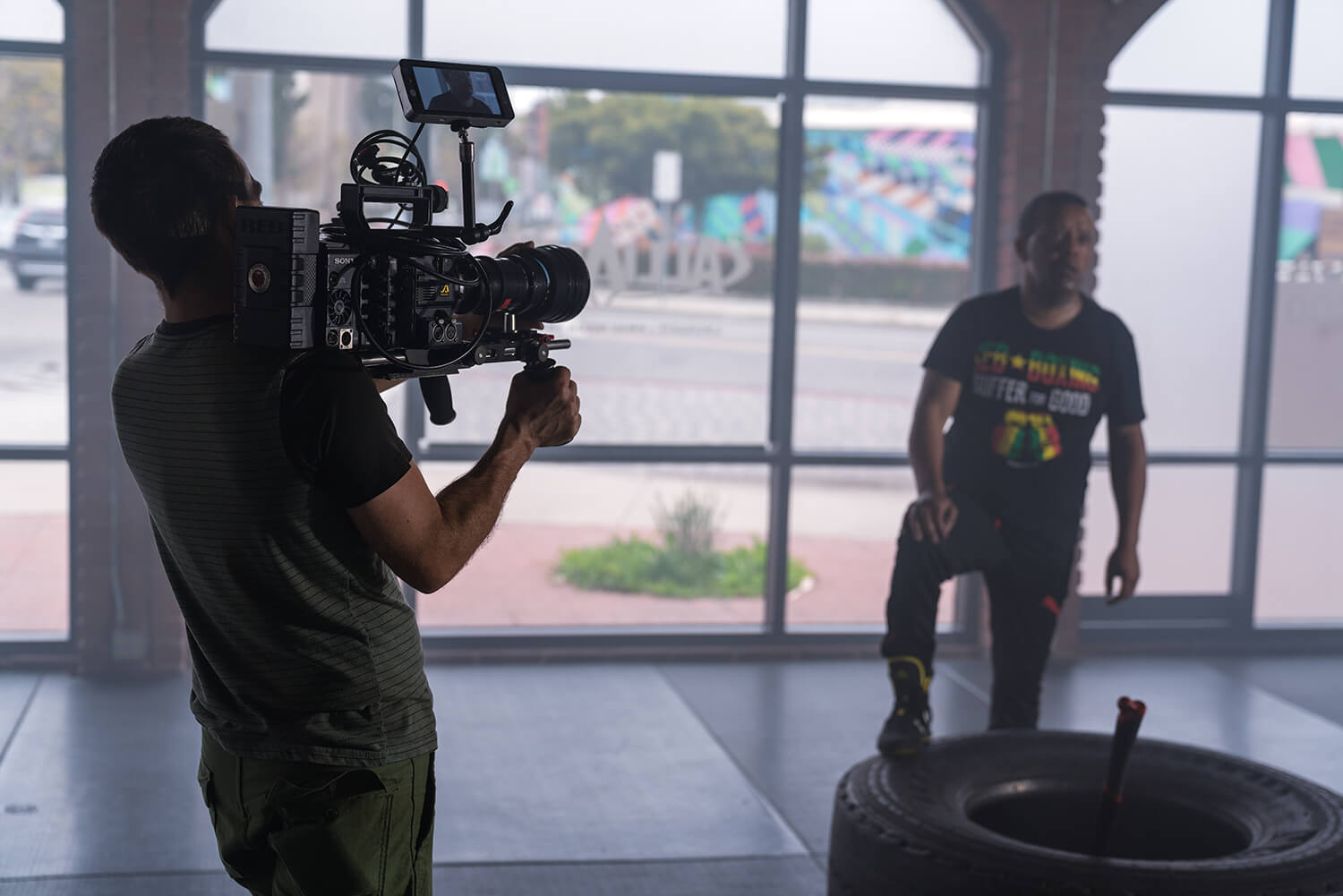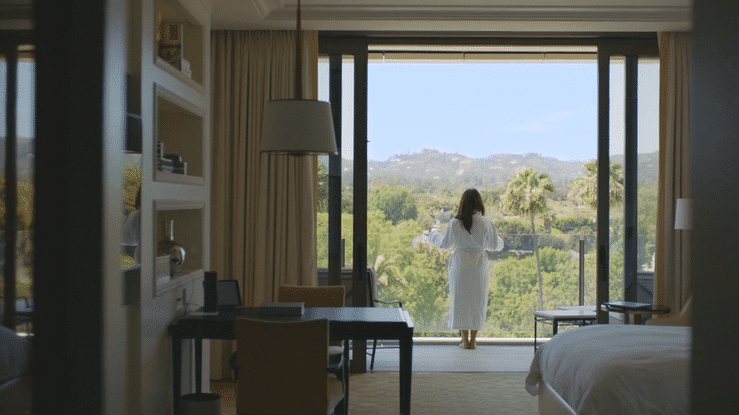
The Fundamentals of Videography
The Fundamentals of Videography
Videography is the art of capturing video with a camera. It’s a skill that requires both technical and creative knowledge. To become a professional videographer, you need to understand the fundamentals of the craft: how to use the most commonly used cameras and lenses, what makes up good lighting, and how to compose shots correctly. In this blog post, we will be exploring why understanding these fundamentals is essential for any aspiring videographer.
How to Use Cameras and Lenses for Videography
When it comes to videography, having the proper equipment is essential for quality results. Understanding which cameras are commonly used in videography as well as being proficient in utilizing different lenses helps ensure great footage every time. Popular cameras used in videography include DSLR (Digital Single Lens Reflex) and mirrorless cameras, while popular lenses include wide-angle lenses such as fisheye lens or fish-eye zoom lenses, telephoto zoom lens, and prime lenses such as portrait lens or macro lens. It is important to understand what each of them can do so that you can find the right combination that works best for your project.
Lighting Basics
Lighting is another aspect of videography that needs attention in order to capture great footage. Lighting can make or break your footage; having too much light could wash out details while not enough light could create an underexposed look. Using three-point lighting offers an optimal scenario when it comes to video production: a key light placed at 45 degrees off camera on either side fills out shadows; a fill light at opposite angles reduces any harshness caused by key lighting; lastly adding backlight separates subjects from background especially if there’s more than one person in frame. Understanding these basics will help set up adequate lighting conditions for any video shoot with ease.
Composing Shots Correctly
Composition plays an incredibly important role in making sure everything looks aesthetically pleasing on screen as well as conveying certain messages non-verbally through visual means; successful composition can be achieved by following some simple guidelines such as keeping primary objects within rule of thirds frames or utilizing leading lines so viewers can “follow” whatever it is you want them to see first. Aspiring videographers should learn these basic principles so they can effectively compose their shots according to their vision and style without taking away from the story they are trying to tell audience visually through their videos.
Conclusion
In conclusion, mastering fundamental elements of videography such as learning how best utilize cameras/lenses, setting up correct lighting conditions, and composing shots correctly are skills all aspiring filmmakers need under their belt if they want their work look polished and professional on screen—and give audience the best viewing experience possible!




